US Army Corps Muskingum Watershed Plan
Overview
Earlier this year, the U.S. Army Corps of Engineers (US ACE) invited public participation in the updated planning and environmental assessment for Ohio’s Muskingum River Basin. However, the two previous reports the department produced in 2012 and 2018 minimized or completely excluded concerns voiced by local stakeholders.
Guest author Dr. Randi Pokladnik lives near Tappan Lake, a resource addressed under the Army Corps’ plan, and decided to research the previous watershed plans to submit comments to the agency. Here, she explains how the two previous reports failed in public participation and in efficacy—and how it seems the report underway could follow the same path.
In early June of 2021, the U.S. Army Corps of Engineers invited the public to participate in the preparation of a Regional Master Plan and Integrated Environmental Assessment for fifteen projects in Ohio’s Muskingum River Basin. “A Master Plan is the strategic land use management document that guides the management and development of all recreational, natural, and cultural resources within the water resource development project for the next 15 to 25 years.” The announcement stressed the importance of public participation as being “critical to the successful revision of the Master Plan.”
A series of informational webinars was held at the end of June and the public was provided with an address to send in their comments by August 16, 2021. Since I live near one of the projects to be addressed under this plan, Tappan Lake, I decided to research the previous watershed plans and to send in comments. It appears that an Initial Watershed Assessment (IWA) was written in 2012, and then a final plan, the Muskingum River Basin Final Watershed Assessment and Watershed Management Plan, was released in 2018. I am assuming this will be the same process for writing/releasing the new plan.
Upon examination of the 2012 initial plan and the 2018 final plan, it was obvious that many of the concerns of the participants brought up during the initial plan were excluded or minimized in the final plan. Several of these concerns were associated with the development of oil and gas activities within the Muskingum Watershed.
The Muskingum Watershed includes parts or the entirety of 27 counties, and of those, the counties of the southeast portion of the watershed (Carroll, Harrison, Belmont, Noble, and Guernsey) have been significantly impacted by oil and gas development. Other counties such as Coshocton, Tuscarawas, Holmes, Knox, Licking, Richland, Wayne, Ashland, Muskingum, Morgan, Columbiana and Washington have all seen activities associated with oil and gas development (compressor stations, injection wells, and pipelines).
Stakeholders’ concerns included drilling operations, specifically the chemicals/additives used to drill/frack as well as the radionuclides brought up to the surface in produced water. Also mentioned were concerns about drilling-mud reserve pits (leaching of contaminants and pit closure), drilling in ecologically sensitive areas, contamination from spills, leaks, blowouts, and deliberate releases (reinjection and discharge of separated water to a percolation pit), subsurface migration of contaminants among aquifers, and faulty remediation methods.
Stakeholders were also concerned about negative impacts to the environment and human health from fracking. Threats to groundwater included the large quantities of both surface and groundwater needed to frack a well: anywhere from 1.5 to 16 million gallons. Concerns of possible ground and surface water contamination from fracking were expressed.
Muskingum River Watershed and Oil & Gas Water Demand
Browse the gallery of photos from the region below.
Photos by Ted Auch, FracTracker Alliance. Aerial support provided by LightHawk. See more photos at https://www.flickr.com/people/fractracker/
The 2012 and 2018 reports: a comparison
The water quality section of the final report (see Section 4.6) did not mention any of the 2012 IWA concerns surrounding the oil and gas industry. This is extremely troubling since oil and gas activities in many of the counties in the Muskingum Watershed have ramped up significantly.
Countless peer-reviewed studies point to the toxicity of fracking chemicals, but both the 2012 IWA and the final assessment only contained a short and rather benign list of ten chemicals used in fracking (see page 75 IWA). No mention was made of the toxicity of these chemicals or their effects on human health and the environment.
The 2012 IWA report said “there was a need for the state, or a regional body with jurisdiction, to evaluate water withdrawals for hydraulic fracturing operations. Presumably the reviewers were concerned with the cumulative impact on massive withdrawals from bodies of water from both surface and groundwater within the Utica region of eastern Ohio.” However, the final assessment had no data indicating the amount of water withdraws taken from the watershed from oil and gas activities.
The 2012 IWA report also stated “An area of concern to public land managers and conservationists is the cumulative impact on the surface of Eastern Ohio and how it potentially could impact water quantity and quality. Increased attention and coordination of the industry and regulators, along with local government officials, will be critical to lessening the negative impacts to land and water. Specifically, avoidance of groundwater supplying a substantial amount of the large volumes of water necessary for horizontal, hydraulic fracturing would be preferential for a sustainable, regional water supply. Coordination of water supply, gathering and transmission line rights-of-way will be critical to avoid the potential of massive fragmentation of habitat. Further, the impact to stream water quality as a result of land disturbances from well pads, fresh water impoundments, rights-of-way, associated midstream and downstream facilities could be substantial.”
The 2012 IWA report said, “Added to this concern is the threat that reduced precipitation as a result of climate change could bring to regional water supplies being challenged by even modest population growth. Other issues such as the impacts to existing roads and bridges by heavy drilling equipment and surface disturbance at the drilling site can be threats to water resources but are a lesser concern. Previous incidents reported in the region and other parts of the nation where hydraulic fracturing has taken place have involved contamination of potable water wells and spills of effluent drilling water into streams. Investigations have shown traces of contaminants in groundwater that may be associated with hydraulic fracturing operations. Other noted concerns focus on the possibility that fracturing fluids pumped under high pressure beneath the earth’s surface may impact the rock shelf (causing seismic events) or lead to surface subsidence.”
Unfortunately, for some reason none of these concerns were addressed in the final 2018 report.
According to data from FracTracker Alliance, at the end of 2018, 42 percent of the water used by the fracking industry in Ohio has come from the Muskingum Watershed. Additionally, 50 percent of the water withdrawal sites are in the watershed. About 33 percent of the Class II injection wells are in the watershed and to date they have taken in 44 percent of the fracking waste. About 42 percent of the fracking related compressor stations that have gone in are also in the watershed. Of all Utica/Point Pleasant/Marcellus wells, 44 percent are in the watershed. Five of the twenty-seven Class II injection well proposals pending permit are also in the watershed. Five of the seventeen recently proposed or constructed Natural Gas Power Plants are in the watershed with a sixth (the 1085 MW Harrison Plant) being constructed on the edge of the watershed. The capacity of the five newly constructed gas power plants account for 33 percent of the recently proposed or installed natural gas plant capacity.
The Take Away
The 2018 final report had a short five-paragraph section pertaining to fracking (see section 7.3-4-5). No recommendations were made and no fracking data pertinent to the watershed was supplied. The US Army Corps of Engineers needs to take the issue of fracking seriously in the next Muskingum Watershed Plan and address the concerns of citizens.
References & Where to Learn More
- Annual permitted water withdrawals rates across 602 sites for Oil & Gas industry in Ohio from 2010 to 2019, including operator, county, and location
- Fracking water consumption and sand usage to September 2021 for 2,300+ wells in Ohio, including well name, operator, API Number, County, and Township
- Class II Injection volumes for 240+ Class II wells in Ohio from 2010 to 2020, including well name, operator, API Number, County, and Township
- Muskingum River Watershed Boundary, including Google Earth KML file
- Ohio Public Water Supplies, including location, population served, and operator for 4,190+ point sources of water
Topics in This Article:
Join the Conversation
Stay Informed
Support Our Work
FracTracker Alliance helps communicate the risks of oil and gas and petrochemical development to advance just energy alternatives that protect public health, natural resources, and the climate.
By contributing to FracTracker, you are helping to make tangible changes, such as decreasing the number of oil and gas wells in the US, protecting the public from toxic and radioactive chemicals, and stopping petrochemical expansion into vulnerable communities.
Your donations help fund the sourcing and analysis of new data so that we can keep you informed and continually update our resources.
Please donate to FracTracker today as a way to advocate for clean water, clean air, and healthy communities.
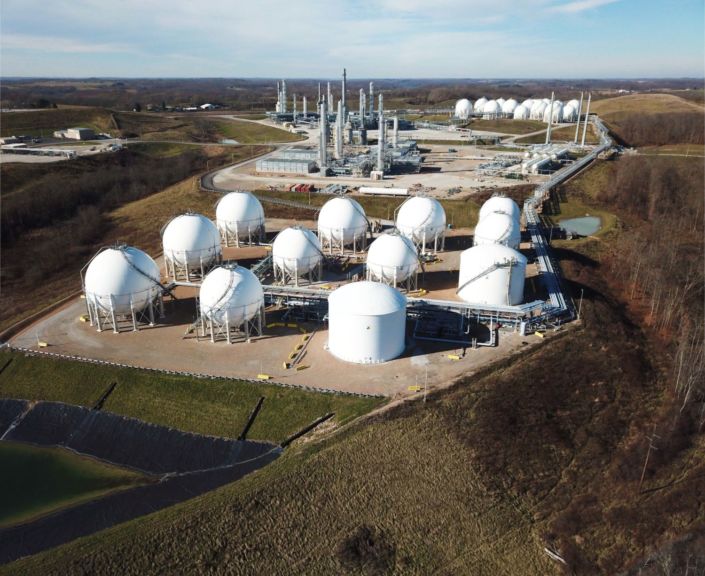


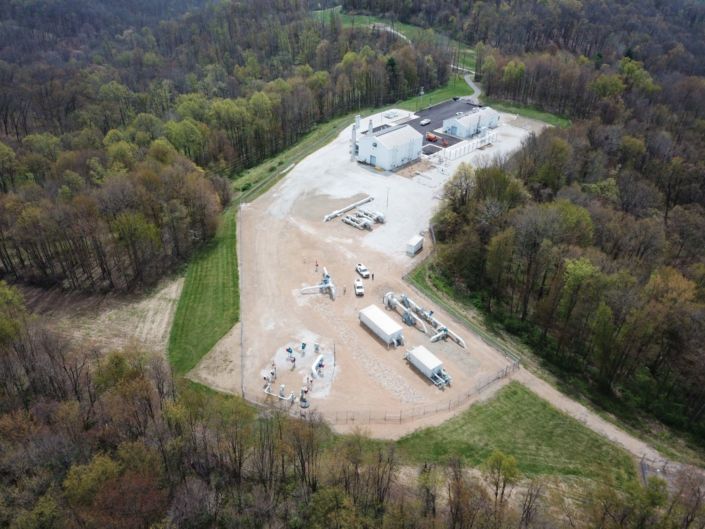
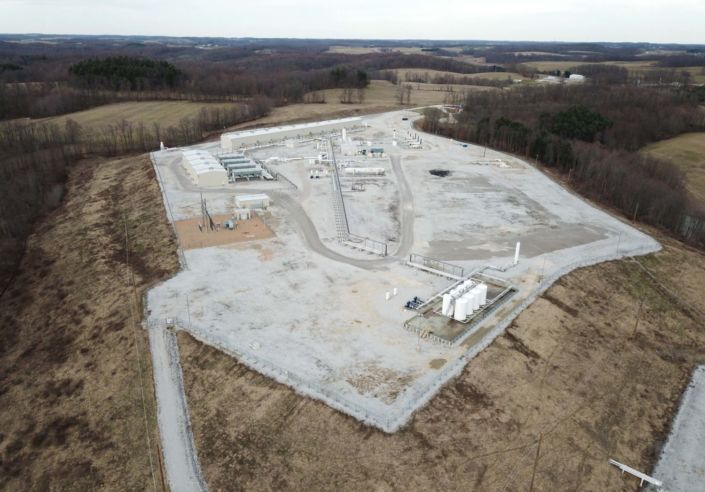
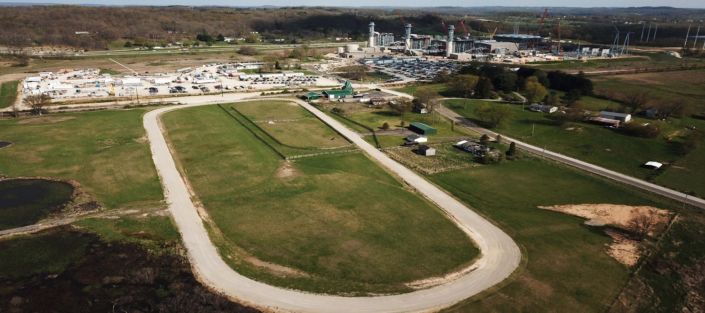
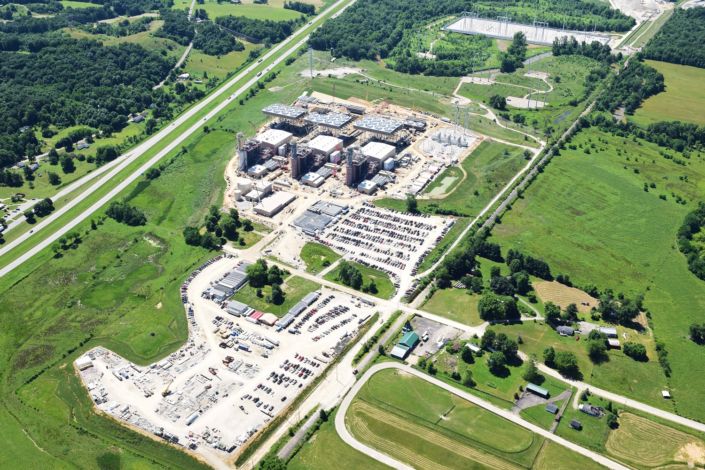
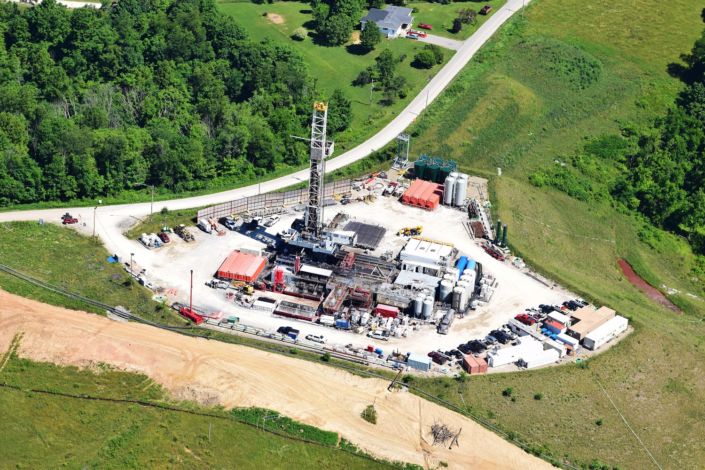
Very informative and detailed, thanks a lot for sharing this!
Thanks to Dr. Pokladnik and FracTracker for highlighting the pollution and damages that the MWCD brought into the region by embracing and supporting fracking from the beginning, leasing acres and selling water and profiting in the hundreds of millions of dollars by pillaging public resources. Hope some day the MWCD will be held accountable for the destruction they have caused.